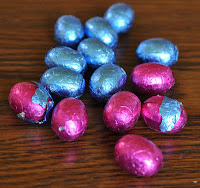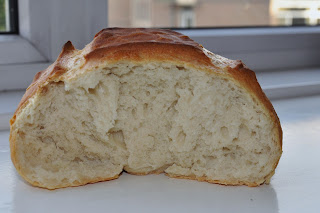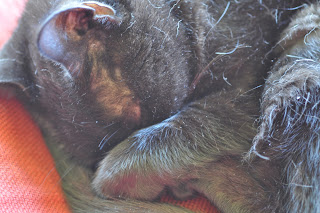 It certainly has been one hell of a year. I've started my own (very small) business. Had a child. Made new friends. Passed the NT2. Rijntje celebrated his first Christmas; in the meantime, I celebrated running my first mile since I got pregnant.
It certainly has been one hell of a year. I've started my own (very small) business. Had a child. Made new friends. Passed the NT2. Rijntje celebrated his first Christmas; in the meantime, I celebrated running my first mile since I got pregnant. Last year, as Karel was scaling a ladder and dangling precariously from our balcony (I thought he had the key, he though I had the key, and neither of us did, so we borrowed a ladder from our neighbor and he got to play burglar), we assumed that that little episode of breaking-and-entering was the adventure we'd both wished for as the clock struck 12 and the fireworks exploded. Needless to say, we did not foresee...well, any of it. The one thing I did foresee was that 21 December, 2012, would be abysmally non-apocalyptic, although I must confess that had it been sunny that day, rather than the usual Dutch winter dreariness, I'd have considered that show-stopping, if not end-of-the-world worthy.
And it's strange: until I wrote this post I didn't think all that much had happened this year, not even with having a child. I mean, I know that having a child is a life-changer. It just doesn't feel that way--it feels like he's always been here, and that I've always been "mommy". All of the big things just seemed part and parcel of life at the time, while the little things seemed like monumental events. When I was trying to figure out how not to pay a €4000 fine for filing my sales taxes late, for instance, that seemed like the most important thing thing in the world. But it didn't change me, in any way--not nearly as much as meeting new people using Meetup. We humans seem to have a hard time differentiating between what's important and what's big. I guess that's what we need hindsight for.
So who knows what 2013 will bring? One thing is for sure--it's going to be an adventure.



















